Tips for Doing School at Home
Manage Distance Learning for your Children without Losing Your Mind
A classroom in Japan where I spent time studying their educational system
So you are facing months of school from home for your children again this school year. Perhaps you are dreading it. Maybe it is a welcome relief. No matter how you and your family are feeling about it, as the COVID-19 pandemic continues, big changes are ahead for millions of families.
My own child will be doing school from home, too. As a former classroom teacher (middle school and high school) who also taught online for several years, I have some tips for you and your family which will make doing school from home less stressful and more enjoyable for everyone involved.
Most of these suggestions cost nothing or almost nothing. I know that millions of families are hurting financially right now, so I have tried to include low and no cost solutions for each suggestion.
Now, here are my tips for making school at home easier, and managing online learning without losing your mind!
“As a teacher, I want to remind you: millions of children all around the world are experiencing this simultaneously. You don’t have to worry about anyone “falling behind.” Education is a process, not a race. When this is over, we will recalibrate and move ahead. This may just be a “do over year” — and that is OK! To expect that school can continue as if nothing has changed when everything has changed is absolutely foolish. Take an hour and lobby your school board, your state board of education, and your state representatives to make changes in school expectations to accommodate the COVID-19 crisis.
Ok. Now take a deep breath.
We all are going to do what we can. Our kids need stimulation and love and security. Everything else can wait. If nothing else, make sure your children read each day, do some math, play outside, and read some more. ”
Create a Space for Everyone to Work
Create a Classroom
It’s hard to work or to learn just anywhere. Some children are more adaptable than others, but one of the easiest ways to make school at home more successful is to create a designated school space. Keep the school supplies here. Create a clean and clear learning environment where each child has a place to sit and work that is comfortable and adequate.
I have lots of tips and ideas for creating your designated school space be it big or small. It doesn’t have to be fancy or expensive — simpler is better, frankly. But in the same way that it is easier to work from home with a dedicated work space, it is easier for kids to do school from home with a dedicated school space.
Create a Schedule
Your child’s school may provide a schedule. They also may not. But school is all about structure, and a dependable schedule is a big part of that. Your days at home will drag by and are likely to be filled with more conflict without a schedule.
Last spring Bambino’s class only met online twice per day for a total of about an hour. The rest of the work was independent. So we created a schedule that worked for us. It accommodated the school work which needed to be done, play time, and family time, too. Every family schedule will look different. We opted to start our days later, because Bambino is not an early bird (at all!), but maybe your family will have a lot of school work done before mine even gets moving. The most important thing is to set a schedule and stick to it.
Kids need structure — even high school students (maybe especially high school students). Make clear expectations and set aside time for fun and family, too.
As you are working on your schedule, consider your work needs as well. If you have regular zoom meetings on particular days or times, schedule your children to do something that supports your work needs. We have slower morning starts which allows me to empty my email inbox each morning before I have school to supervise.
Designate Flex Space
We have an open plan house which means it can be noisy at times. My husband now has an office in the family room. Mine is the Workroom in a converted bedroom. Bambino works in the Art Room. But there are times when one of us needs more quiet for a particular phone call or task. While we don’t usually work in our bedrooms — they are places of rest — we use those rooms as flex spaces, “conference rooms” if you will. We also have our workshop as another flex space as needed.
Most of the time, however, we are able to have two or three things happening at once without conflict. And with kids and the internet, communal spaces and supervision are very important.
There’s absolutely nothing wrong with taking a meeting in the shade under a tree with your dog!
Managing Your Time
Use a Planner
I am a huge advocate for paper planners. Studies show that the act of writing something down increases the chance that it ends up in your long-term memory. Typing something doesn’t have the same effect. As you are juggling children’s assignments and school expectations, writing it all down and keeping it in one place will be invaluable — particularly with younger children.
With older children, this is a perfect time to help them learn to use a planner, too. I love the Passion Planner, personally. It is great for weekly and monthly planning. And if you use this link, you’ll get $5 off your order!
For tracking Bambino’s assignments, however, I use the Seven Subject Plan Book by Whaley. It is a simple planner and could be used in a number of ways to track assignments for multiple kids.
Start on Sunday
Spend an hour together on Sunday afternoon and plan your week. Discuss all assignments and deadlines that are coming, work obligations, and look for scheduling conflicts. This hour will make the whole week smoother! You could post the schedule on a white board, add it to a digital calendar, or write out a weekly plan. I always recommend putting it all on paper — somewhere very visible and centralized.
We also revisit our schedule each evening in anticipation of the next day. We move things around to accommodate my husband’s meeting schedule and times when he needs a quieter house, my own work needs, as well as changes in Bambino’s day. We also check in about how the day went, what worked well, and what needs to be changed.
Good communication can alleviate stress in so many ways and can prevent conflicts — particularly conflicting schedules.
One of our favorite lunches: Alton Brown’s Spinach Salad with Warm Bacon Dressing. Yum!
Eat Lunch Together
One of the things we plan each day is to enjoy lunch together. Sitting down for a meal, even if it is quick, has become one of the great pleasures in our days. When the weather is nice, we eat outside on the patio — an escape from all of the work happening elsewhere. I genuinely look forward to our lunches as a family, and it is yet another example of the richness of life at home together which, honestly, I will miss when this is all over.
Ask for Help & Connect with People
Create a Book Club!
This is one of my favorite parts of quarantine: Book Club! Bambino and his cousin who lives in Texas have created a book club. They meet via Facetime and read with each other every day. They are reading chapter books aloud, but younger readers could certainly do picture books. My sister and I make sure they have the same books so they can follow along, and they read switching off at each paragraph.
Bonus: they are doing their daily reading work together and are totally independent!
This reading time evolved into drawing together once they were done reading which has been really fun, too! Now they read for 45 minutes or so, and then they draw or do Madlibs or enjoy being silly together. It is such a good social outlet for both of them!
This would work with a wide range of kids. Middle and high school students could do their reading together — it’s not cheating to read out loud! Cousins, best friends, grandparents, aunts, and uncles — anyone who can sit and read together can also experience the pleasure of doing something together. Reading aloud is fabulous at any age!
Share Responsibilities
For all you single parents out there, you have a lot on your plates! I was raised by a single mom. I get it! But if you have a partner, a spouse, a grandparent — someone else in your bubble — share the responsibilities of school at home. In our house, my husband has impeccable handwriting, for example. So he has taken on teaching handwriting, cursive, and several other subjects. While I am primarily responsible for school (since my background is in education), we have split up those responsibilities which has been a great benefit for us all.
Older children can help younger children with discreet tasks. Grandparents can read with kids via Facetime. A neighboring college student might be able to tutor via Zoom. One of my Facebook parenting groups is filled with college students reaching out to do online tutoring and lessons.
It is natural for women especially to just lean in and try to get it all done. But if there are people in your life who can help, ask them to do so! It takes a village — especially during a pandemic — even if that village can’t be physically present.
Create Opportunities for Choice
The world feels really out of control right now — and that is particularly true for children. Creating opportunities for choice can help make the school day easier and more fun. If your child’s schedule allows, allow them to choose which subjects or activities come at a particular time of day.
We use a system of clothespins and two jars — created with stuff I had around the house. Each clothespin represents an activity or subject. The large clothespins must be done every day: practice piano, create something, Facetime with someone, and Book Club. The smaller clothes pins are for academic subjects — there are 3 or 4 clothespins for each subject in the jar. Because he gets all of his work at the beginning of the week, he can choose when he works on each subject (with some guidance), but he needs to complete at least 4 small clothespins and all of the big ones every day. The big goal: move all the clothespins from the full jar to the empty one by the end of the week.
Using a system of choice makes it easier for children to visualize what they need to do and moving those clothespins is a sense of accomplishment multiple times per day.
Get outside!
I know it’s easy to be focused on getting all of the stuff done, but remember that time outside is critical for kids. Studies show that the more recess time a school offers, the more long-term learning happens in students — and there are fewer disciplinary problems, too. So plan for outside time. Maybe even do school outside a day or two a week while the weather is lovely. But get outside a bit!
Supplement with Online Classes or Camps
School at home isn’t the same at school at school. It can’t be, and we shouldn’t expect it to be, either. Music classes, for example, are very difficult online. And other teachers struggle as well. Teaching online is a very different art form than teaching in a classroom. If your child is missing certain aspects of school which aren’t offered while doing school at home, consider supplementing these areas. We are doing online piano lessons, for example, which have been fabulous! There are lots of creative people working to figure out effective ways for kids to learn during this time.
Smart Tech Solutions
Buy a Printer & Use It
One of the common frustrations I heard from friends about school at home was that their children aren’t good enough at typing to do the work as assigned. I get it. Bambino isn’t either. And, frankly, we have kept him away from computers deliberately. He doesn’t know how to use a computer well enough to do most of his work.
Enter the printer.
Each morning I printed out his work. He completed it by hand. And then I scanned the work in for his teacher to see and evaluate.
Frankly, for most elementary and middle school students, typing is a hindrance. And studies show that writing by hand accesses deeper memory than typing information anyway, so your child will learn and retain more by completing their assignments by hand. This is true for high school students, too — frankly, it is true for us all.
Additionally, if you have multiple children, working on paper means you don’t necessarily have as much competition for devices.
And if you don’t have a computer — don’t worry! Having a printer makes a smart phone even smarter. You can print straight from a phone to most printers, and there are scanning apps which allow you to upload completed work to your phone and then turn it in to the teacher.
Use a Scanner or a Scanning App
Once a handwritten assignment is finished, you can use a scanner if you have one, but frankly, I find scanning apps to be faster and easier. I like TurboScan, personally, but if you have a camera on your phone, you have a scanner. Just scan those assignments and send them to your teacher.
Camera or Baby Monitor System
Parents who can’t work at home: I see you. This is particularly hard for you, I know. And I am thinking of you every day.
Both my husband and I work from home, so we aren’t in this situation, but some of my friends have set up cameras or video baby monitors with two-way microphones if they are at work and their children are doing school from home. There are privacy concerns here that are not my area of expertise. But having a two-way camera system may make it easier to trouble-shoot for your kids and to make sure they are on task. Just be sure to research the system and its security features before you buy.
School from home is a challenge. There’s no question about it. Some students will struggle. Some will thrive. But creating space, structure, and predictability in your home will help your entire family succeed. Blessings as you embark on this school year. Remember: this is a historic time. Give yourself some grace!

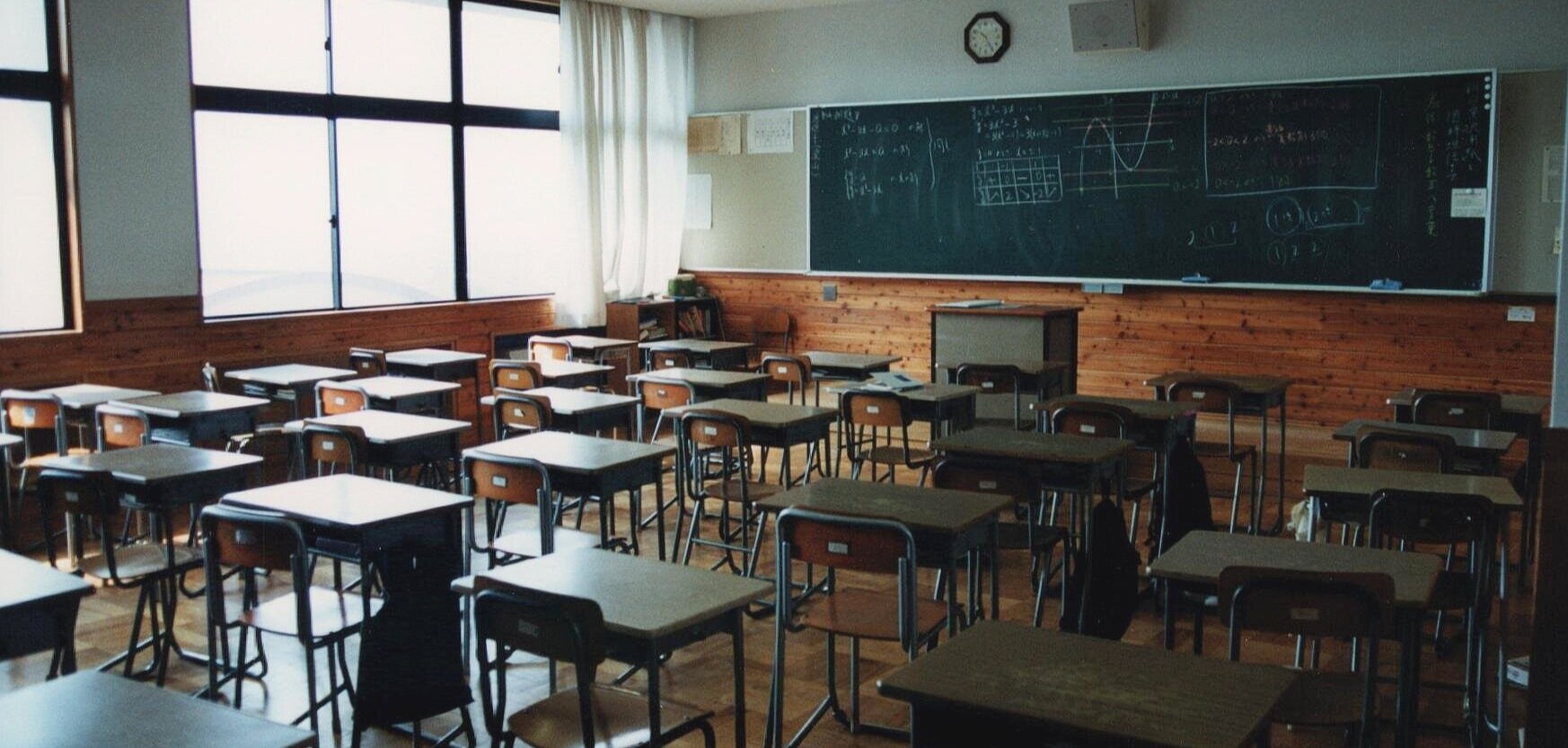


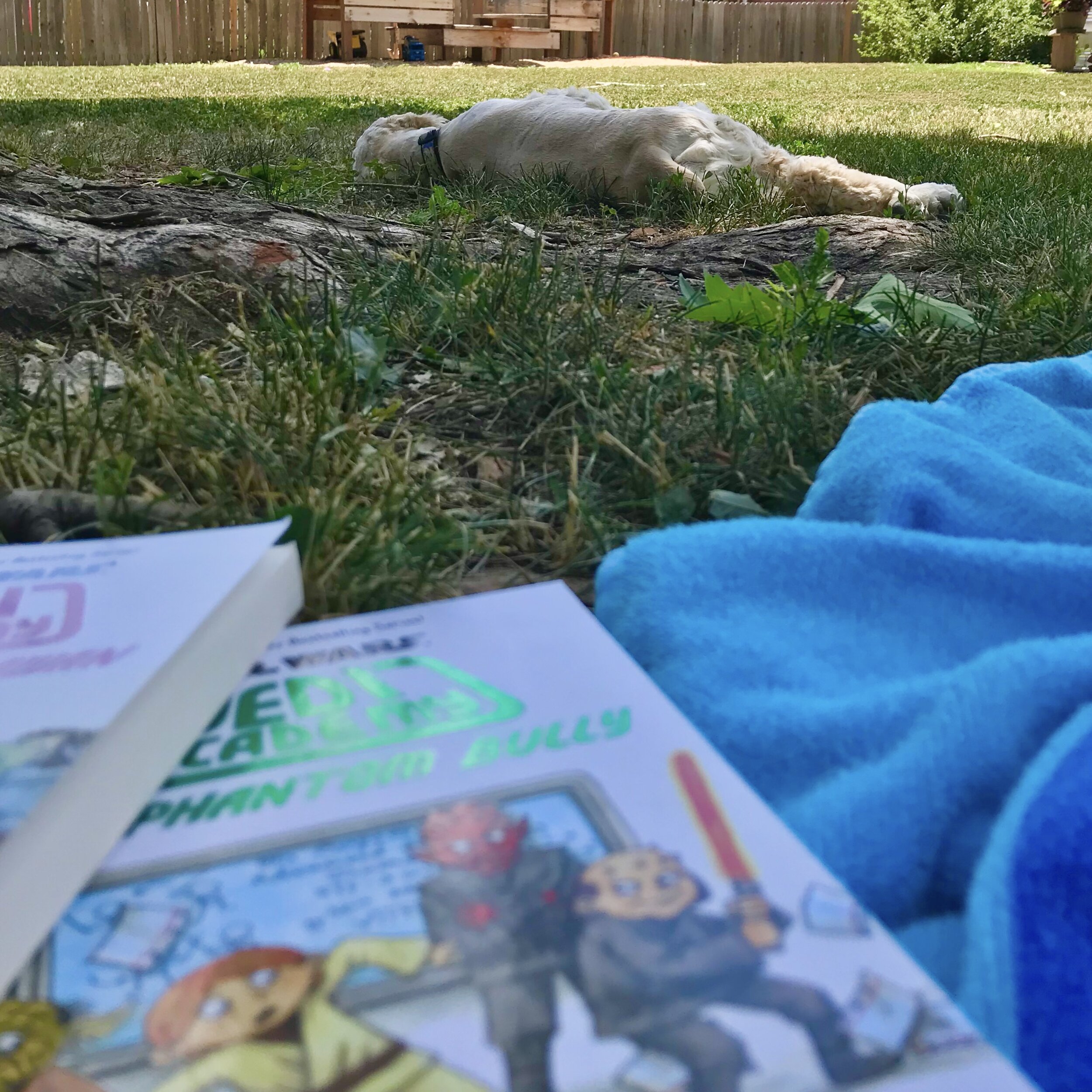
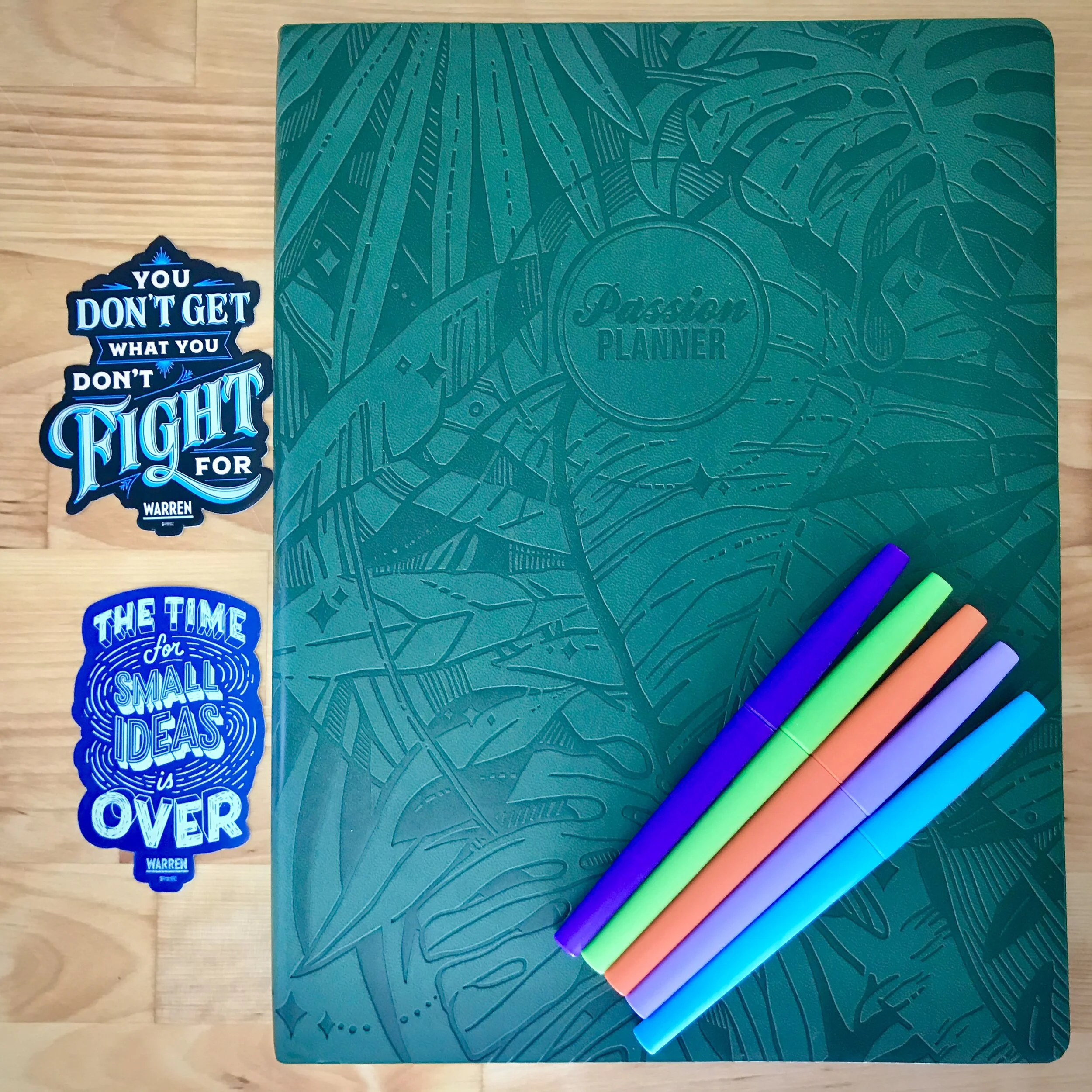




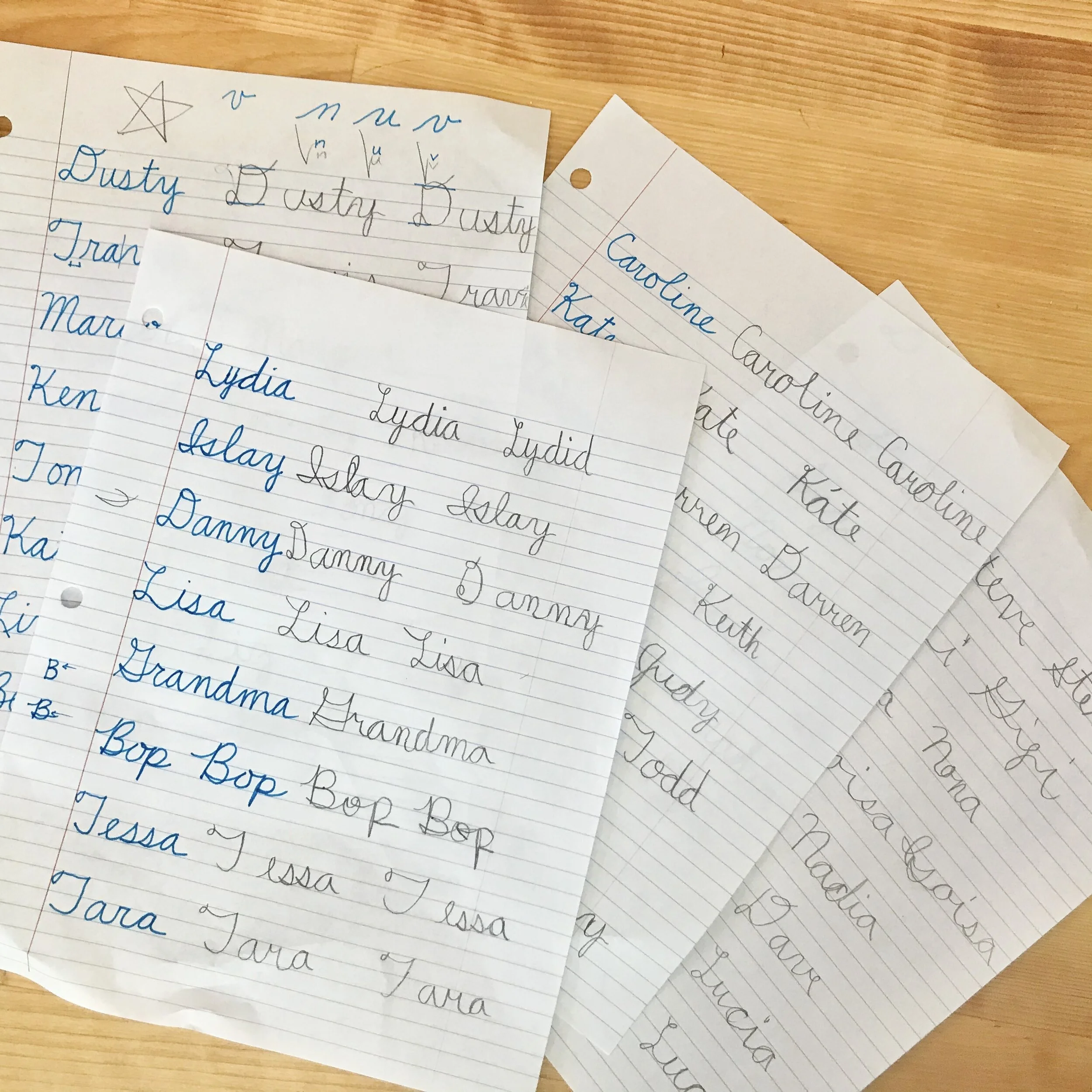
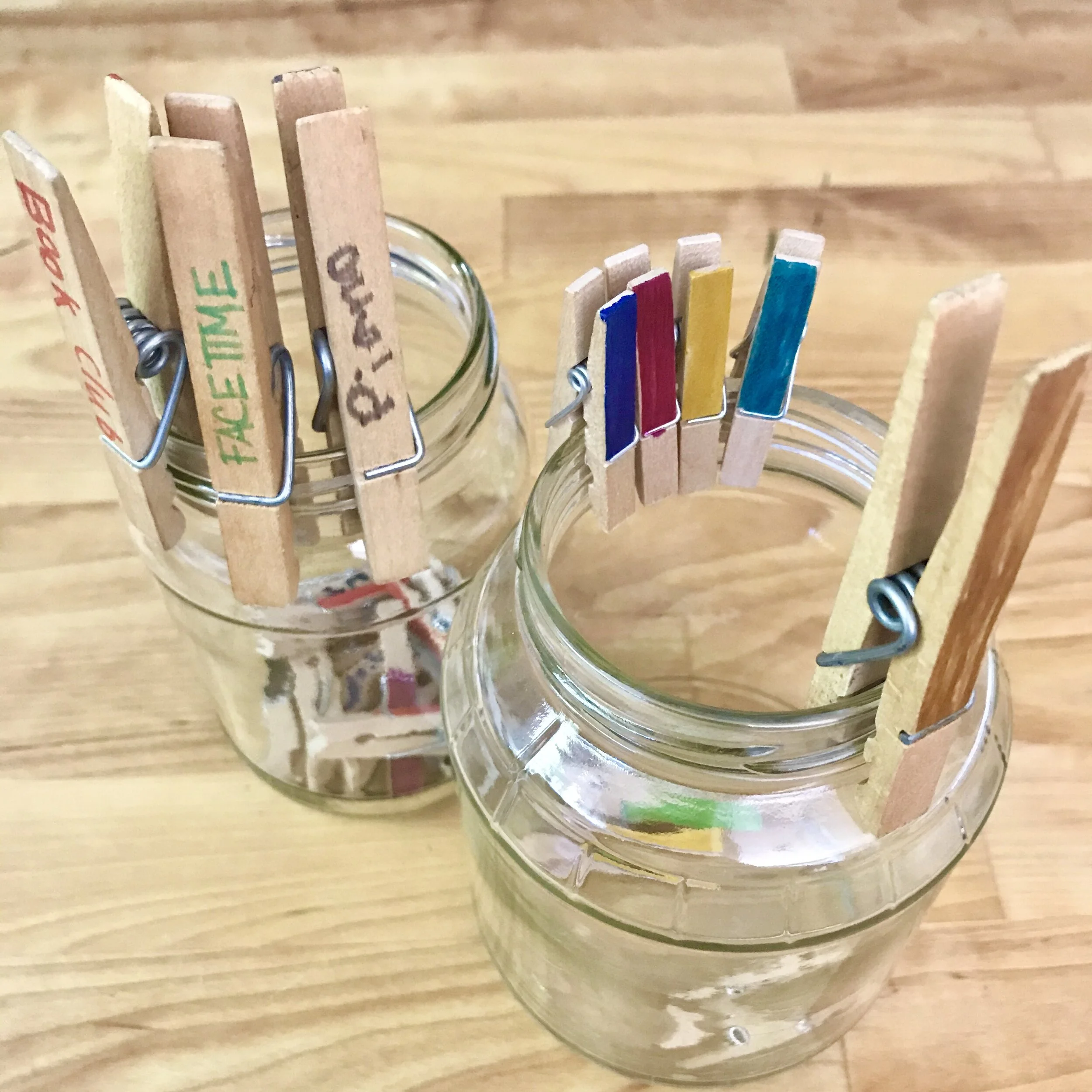



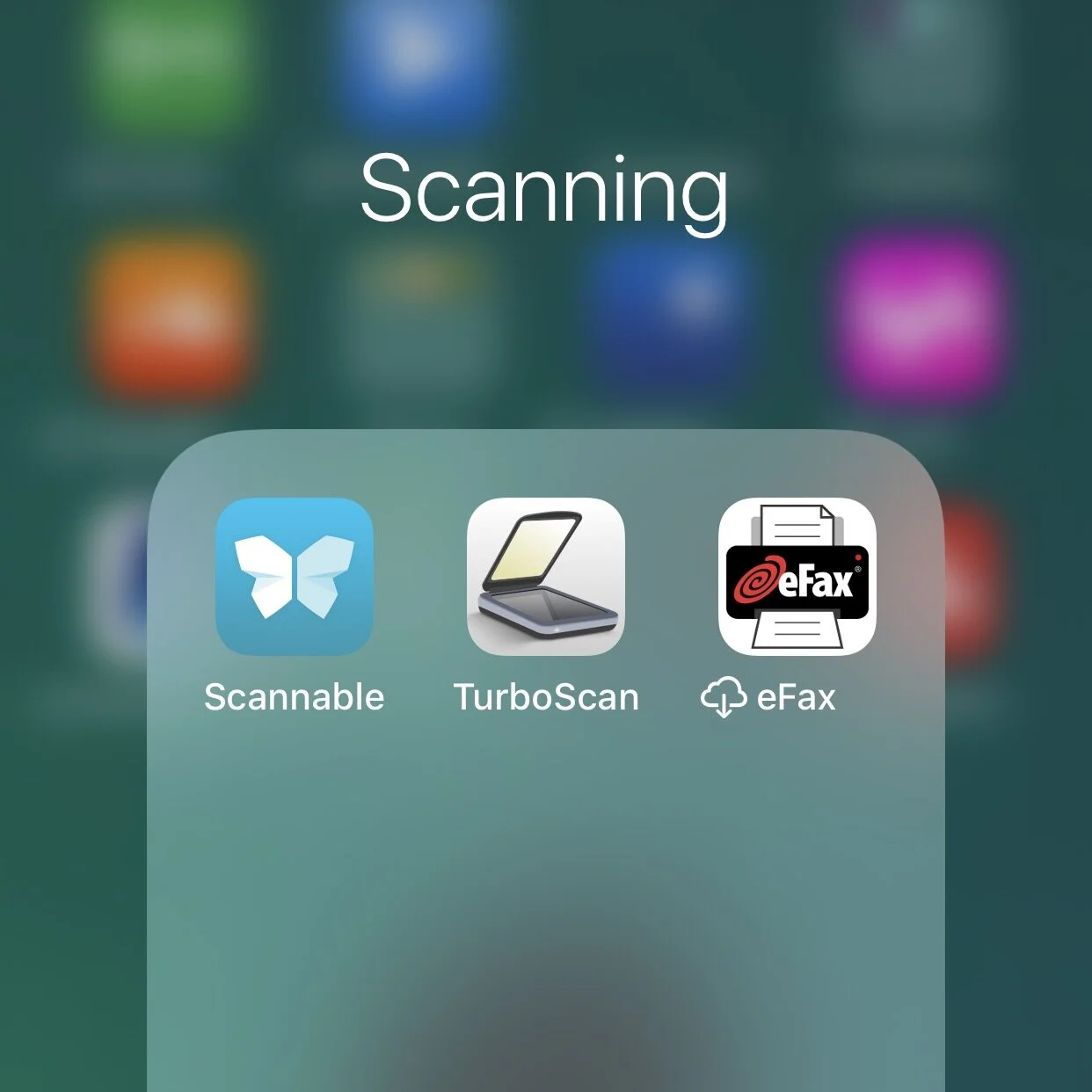







Tips for at-home learning, a tutorial for comfortable face masks, and more!